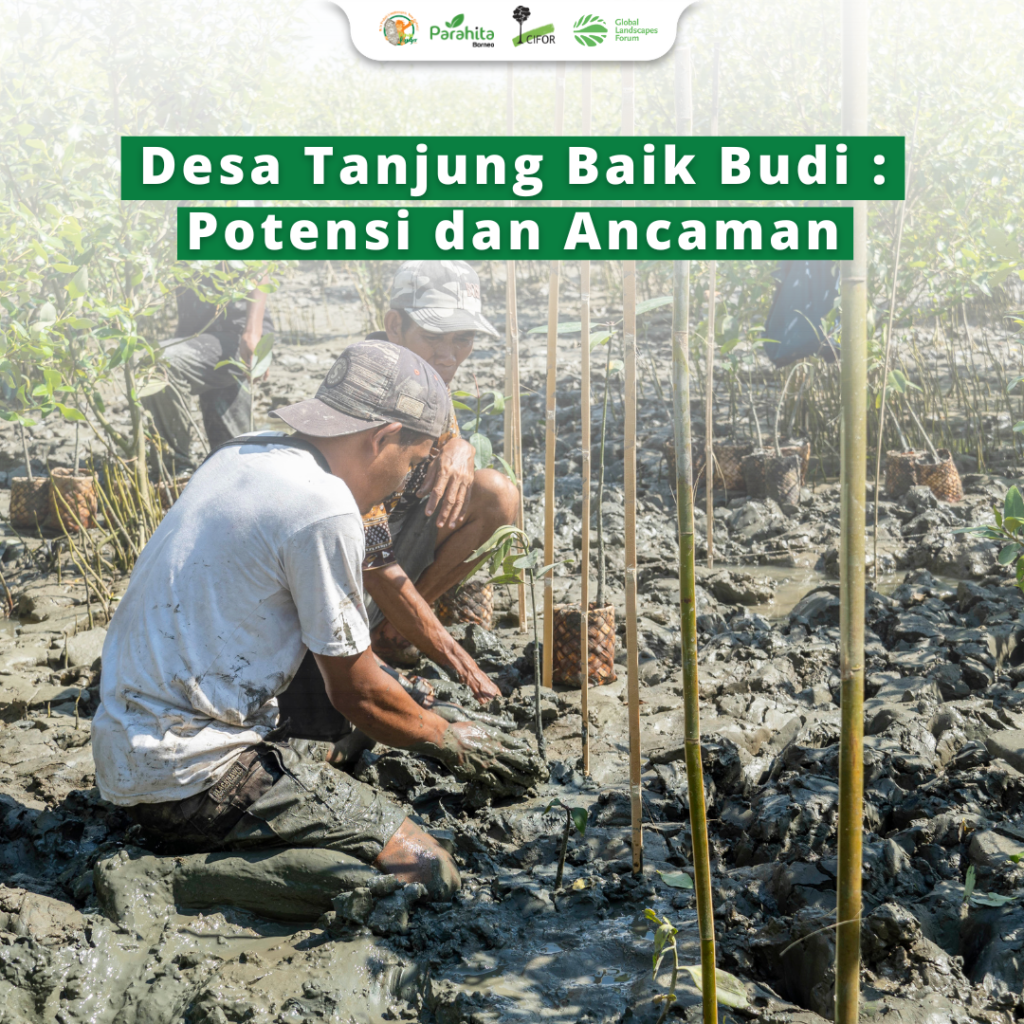Indonesia, a captivating archipelagic nation boasting over 17,000 islands, holds immense untapped marine economic potential waiting to be harnessed. In the province of West Kalimantan, a stunning 1,398 km2 coastline encircles the region, presenting immense potential for growth and development. Additionally, the province boasts extensive coastal ecosystems, including 229,396.60 hectares of flourishing mangroves. However, the pivotal question remains: Can these resources truly be harnessed and bring long-lasting benefits to the communities living along the coast in the years ahead?
As for information, mangrove forests possess remarkable adaptability to thrive in harsh conditions. They feature dense and expansive root systems, with some roots growing above the ground to facilitate nutrient absorption, water intake, respiration, and anchoring in the muddy soil that typifies these coastal regions. During high tide, the roots and portions of the trunks are submerged, while during low tide, they emerge above the water level. Certain mangrove species exhibit resistance to saltwater or brackish water found in tidal flats. The distinctive characteristics of the mangrove ecosystem create a favorable habitat for a diverse array of terrestrial, aquatic, and amphibian creatures (Esteban et al., 2015, 511-535).
Mangrove forests play a vital role in providing numerous benefits that are indispensable for coastal regions and the communities that rely on them. Here are some key advantages brought about by these remarkable ecosystems:
Natural barrier and coastal protection
In a country susceptible to typhoons and tsunamis, the restoration, conservation, and creation of mangrove forests present a crucial solution to reduce the damaging impact of these environmental risks in vulnerable areas. Mangrove forests play a vital role in stabilizing coastal sediments by using their extensive root systems to bind the soil together, preventing erosion caused by tidal currents and waves. By fortifying the coastline, mangroves act as a natural defense, shielding against erosion and minimizing the potential harm from natural disasters. Preserving and expanding mangrove ecosystems are essential steps in safeguarding coastal regions and reducing the destructive consequences of such events.
Carbon stores
In contrast to tropical forests, mangrove forests possess a remarkable capacity to store a higher amount of carbon per unit area, surpassing other terrestrial ecosystems. This characteristic makes them a significant natural carbon sink. However, it’s important to note that while mangrove forests can act as carbon sinks, if the ecosystem is disturbed, they can become carbon sources instead. When mangrove forests are cleared, the sediments dry up, disrupting the anaerobic environment that existed. As a result, microbial activity increases, leading to soil oxidation and the release of stored carbon into the atmosphere.
Livelihoods of coastal communities
Mangroves provide a source of sustenance and income for coastal communities. They serve as nurseries and habitats for a diverse range of fish, crustaceans, and other marine species, supporting local fisheries and livelihoods. Additionally, mangrove forests offer opportunities for ecotourism, providing economic benefits to nearby communities.

To reap the many benefits we’ve discussed earlier, Pongo Ranger actively teams up with local stakeholders and the community to carry out a mangrove plantation project in Ketapang, West Kalimantan. The success of our mission to plant 2,000 mangroves depends on everyone taking responsibility together. Pongo Ranger kick-starts the project by spreading awareness through social media, highlighting the importance and urgency of our efforts. By fostering a shared sense of responsibility, our aim is to ensure the thriving growth of these mangroves and safeguard the priceless coastal ecosystem. On the big day, we want to ensure that locals get hands-on experience in planting the mangroves and also fostering their sense of belonging.
Coastal conservation can be our shared shield, protecting our shores. We invite you to be part of our journey by staying up-to-date with our project. Are you in?
By Shafa Fakhira, social media specialist, Pongo Ranger Community
Edited by Dwi Riyan, 2023 Restoration Stewards
References
Esteban, M., Takagi, H., & Shibayama, T. (Eds.). (2015). Handbook of Coastal Disaster Mitigation for Engineers and Planners. Elsevier Science.

